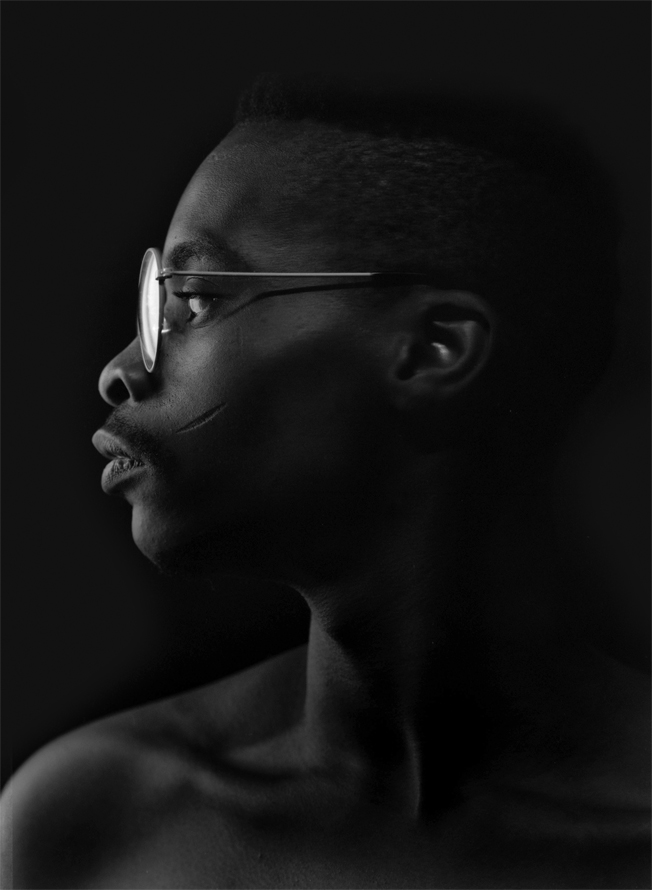Athi-Patra Ruga

Athi-Patra Ruga (born South Africa, 1984) currently lives and works in Cape Town and Johannesburg, South Africa.
He received a Diploma from the Gordon Flack Davidson Academy of Design (Johannesburg, South Africa) in 2004.
Ruga was a finalist for the FNB Art Prize, FNB Joburg Art Fair (Johannesburg, South Africa) in 2011, was Artist-in-residence, PROGR Zentrum Für Kulturproduktion (Bern, Switzerland) in 2007 and received the ELLE Rising Star Design Award, ELLE South Africa (Cape Town, South Africa) in 2004.
He has been included in the 55th Venice Biennial (Venice, Italy) in 2013, Performa 11 (New York, USA) in 2011 and the 3rd Guangzhou Triennial (Guangzhou, China) in 2008.
Ruga has had solo exhibitions at Fred (London, UK) in 2010, art extra (Johannesburg, South Africa) in 2008 and Stevenson (Cape Town, South Africa) in 2007.
He has been included in group exhibitions at the South African National Gallery, Iziko Museums of South Africa (Cape Town, South Africa) in 2011, the Nasher Museum of Art at Duke University (Durham, USA) in 2011 and the Museum of modern and contemporary art – Museion (Bolzano, Italy) in 2008.
Ruga’s work is included in the collections of the Museum of modern and contemporary art – Museion (Bolzano, Italy), Contemporary African Art Collection (C.A.A.C. – The Pigozzi Collection) (Geneva, Switzerland) and the South African National Gallery, Iziko Museums of South Africa (Cape Town, South Africa).
“This video isn't just about peace in itself, it is more about the process of getting there. I wanted to create, rather solicit, a slow time-inspired unraveling of the identities -- something that fascinates me -- that weigh heavily on us and perhaps our daily performances as people. That is what the most recent avatar in my latest body of work does… in a loop. “The Future White Woman of Azania” is a character made up of liquid paint filled balloons and resembles a science diagram. I wanted the action to revolve around two acts: that of engaging in the catharsis of walking and that of “weeping” -- a purging that here is represented by the popping. Enter “The Flower of Azania“, who in stark contrast has the appearance of a gestating flower, accumulating scale and animation. Both these scenes are brought together by the gong that encourages an engagement with these two different movements that are both a good Purge.”


